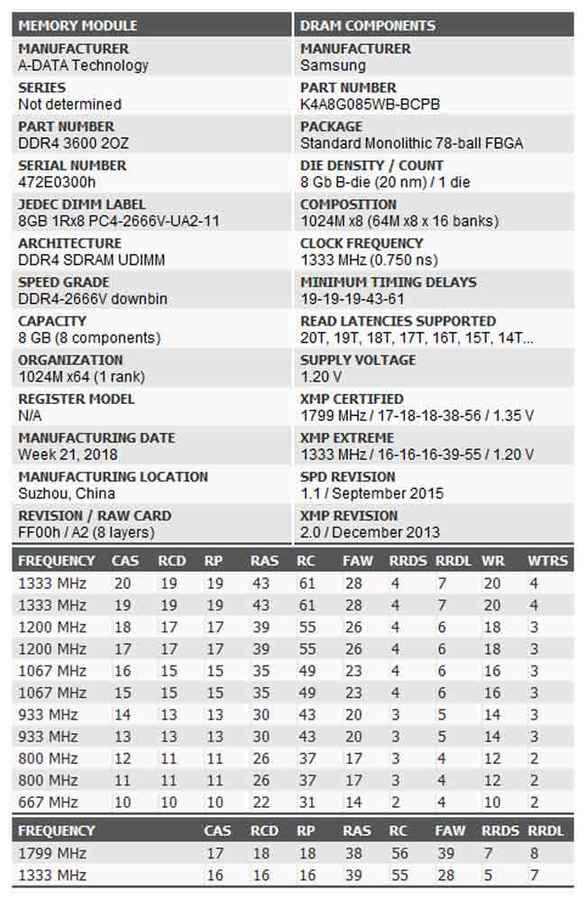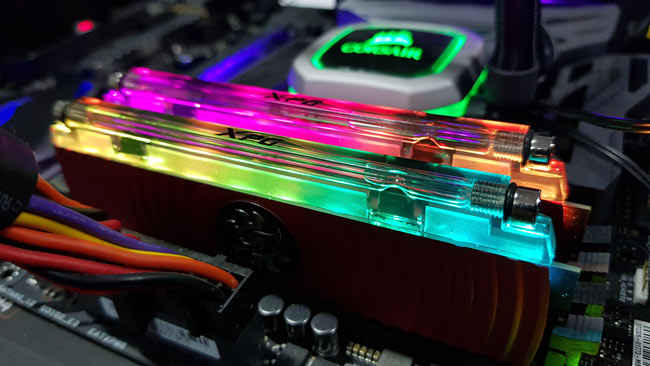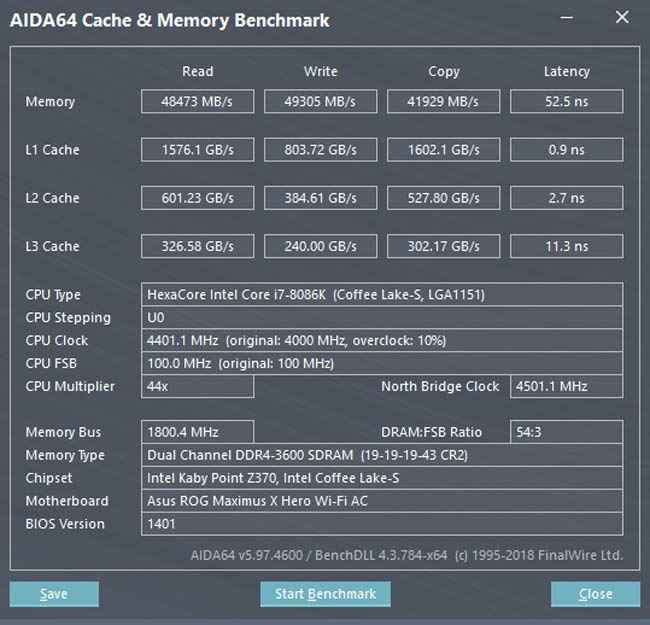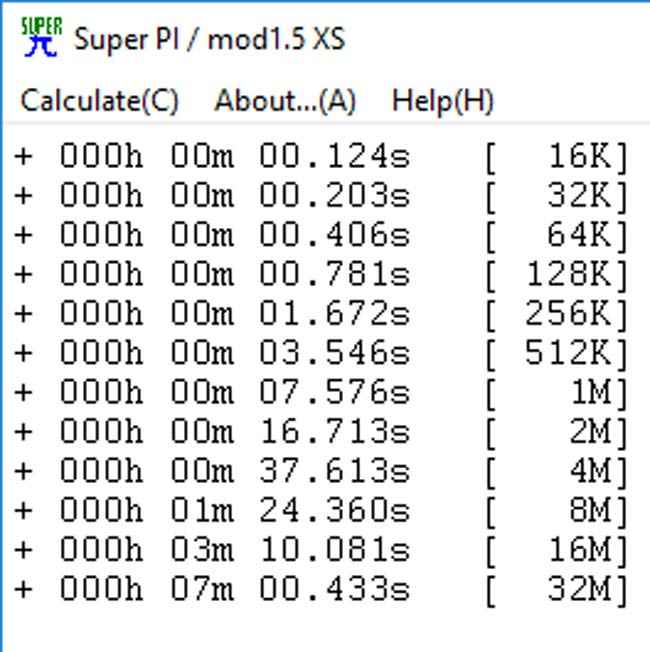ADATA XPG Spectrix D80 DDR4 RAM 2x 8GB 3600 MHz Review : Hybrid liquid-air cooling with B-die
The ADATA XPG Spectrix D80 makes for a really exotic looking RGB memory kit. That’s just the looks, the hybrid liquid-air heatsink design is even more outlandish but not as effective. While ADATA’s claim does check out, the cooling efficacy of the liquid part is suspect given that it’s housed in a plastic chamber with poor thermal conductivity. However, there’s more to these modules that meets the eye because underneath all that fancy cooling are Samsung B-die chips which makes the ADATA XPG Spectric D80 a preferred kit among the enthusiasts.
Build and Design
The ADATA XPG Spectrix D80 DDR4 RAM modules have a rather flashy design. The modules have aluminium heatsinks on the front and rear with another chunk of metal behind the aluminium heatsink on one side which acts as the heatspreader (a heatsink by another name) that makes with the liquid on the RAM.
The modules have a hermetically sealed chamber on the top which houses the 3M Novec liquid which has been quite commonly used for immersion cooling. 3M Novec has high thermal conductivity but no electrical conductivity. So even if the hermetically sealed chamber did crack open and leak fluid all onto your motherboard and RAM, you wouldn’t have any electrical shorts.
We held a module against the light and saw that the heatspreader made contact with the liquid at two spots on either side of the tube at about an inch from the screws.
So yeah, ADATA’s claim that this is a hybrid liquid-air cooling system is true. The simple fact is that there will be heat being dissipated by the heatspreaders and some of that will be conducted to the 3M liquid. However, the entire chamber in which the liquid is stored is made of plastic which is a really poor conductor of heat. So if the heat is being drawn in but not dissipated into the air by the liquid, then it’s simply not “cooling” at all. The cooling is being done by the aluminium heatsinks as is the case with all other enthusiast memory modules.
So does this mean that you shouldn’t consider the ADATA XPG Spectric D80? Not quite, there’s more to these kits than meets the eye.
Upon reading all the SPD data, we find that the ADATA XPG Spectrix D80 uses Samsung B-die chips. This fact in itself is reason enough to warrant consideration. The two sides are stuck together ridiculously well so we couldn’t remove the aluminium heatsinks without causing damage. So we went and took a peek underneath to see all the memory chips on just one side of the DIMM. In the image below, you can clearly see eight chips on the top side. The metal heatspreader which makes contact with the liquid is also on the same side.
There are two XMP profiles on the module with the default one being 2666 MHz running at 1.2 volts and the exotic one being 3600 MHz @ 1.35 volts. The bottom half of the plastic piece that houses the fluid (3M Novec) has a translucent finish making it function as a diffuser for the RGB LEDs that are situated right underneath the plastic piece.
While the cooling capability of the liquid is suspect, there’s one thing you have to admit, the modules look pretty groovy with the liquid bubble clearly visible. It loses its charm when placed vertically but in this horizontal orientation, we can see why people would want to buy the unit just for the aesthetics.
Performance
While these are Samsung B-die kits, they are also clocked at 3600 MHz which is pretty high. So getting these puppies to run at even higher clock speeds will be a challenge. We switched on XMP and tried pushing the FSB to get better speeds but the modules would fail to boot even if they were bumped by 100 MHz. We tried experimenting with timings that were akin to similarly configured B-die kits and none of them worked. So we went ahead with the benchmarks with what we had.
We started off with the AIDA64 Memory Benchmark with the RAM set to its XMP profile that’s clocked at 3600 MHz with the memory timings at the default 19-19-19-43.
Next up was using Super Pi to check how well these modules compared to some of the other memory kits that we have. Clocking in at 420.433 seconds, these modules are pretty fast. We don’t have a thermal camera to check the temperatures but the thermal proper does a decent job too. At peak, the aluminium heatsink clocked in at 46 degrees Celsius which is about five minutes into the SuperPi run.
Here are the timings for the remaining runs on SuperPi.
Verdict
The ADATA XPG Spectrix D80 makes for a really exotic looking RGB memory kit. That’s just the looks, the hybrid liquid-air heatsink design is even more outlandish but not as effective. While ADATA’s claim does check out, the cooling efficacy of the liquid part is suspect given that it’s housed in a plastic chamber with poor thermal conductivity. However, there’s more to these modules that meets the eye because underneath all that fancy cooling are Samsung B-die chips which makes the ADATA XPG Spectric D80 a preferred kit among the enthusiasts.
Mithun Mohandas
Mithun Mohandas is an Indian technology journalist with 10 years of experience covering consumer technology. He is currently employed at Digit in the capacity of a Managing Editor. Mithun has a background in Computer Engineering and was an active member of the IEEE during his college days. He has a penchant for digging deep into unravelling what makes a device tick. If there's a transistor in it, Mithun's probably going to rip it apart till he finds it. At Digit, he covers processors, graphics cards, storage media, displays and networking devices aside from anything developer related. As an avid PC gamer, he prefers RTS and FPS titles, and can be quite competitive in a race to the finish line. He only gets consoles for the exclusives. He can be seen playing Valorant, World of Tanks, HITMAN and the occasional Age of Empires or being the voice behind hundreds of Digit videos. View Full Profile











